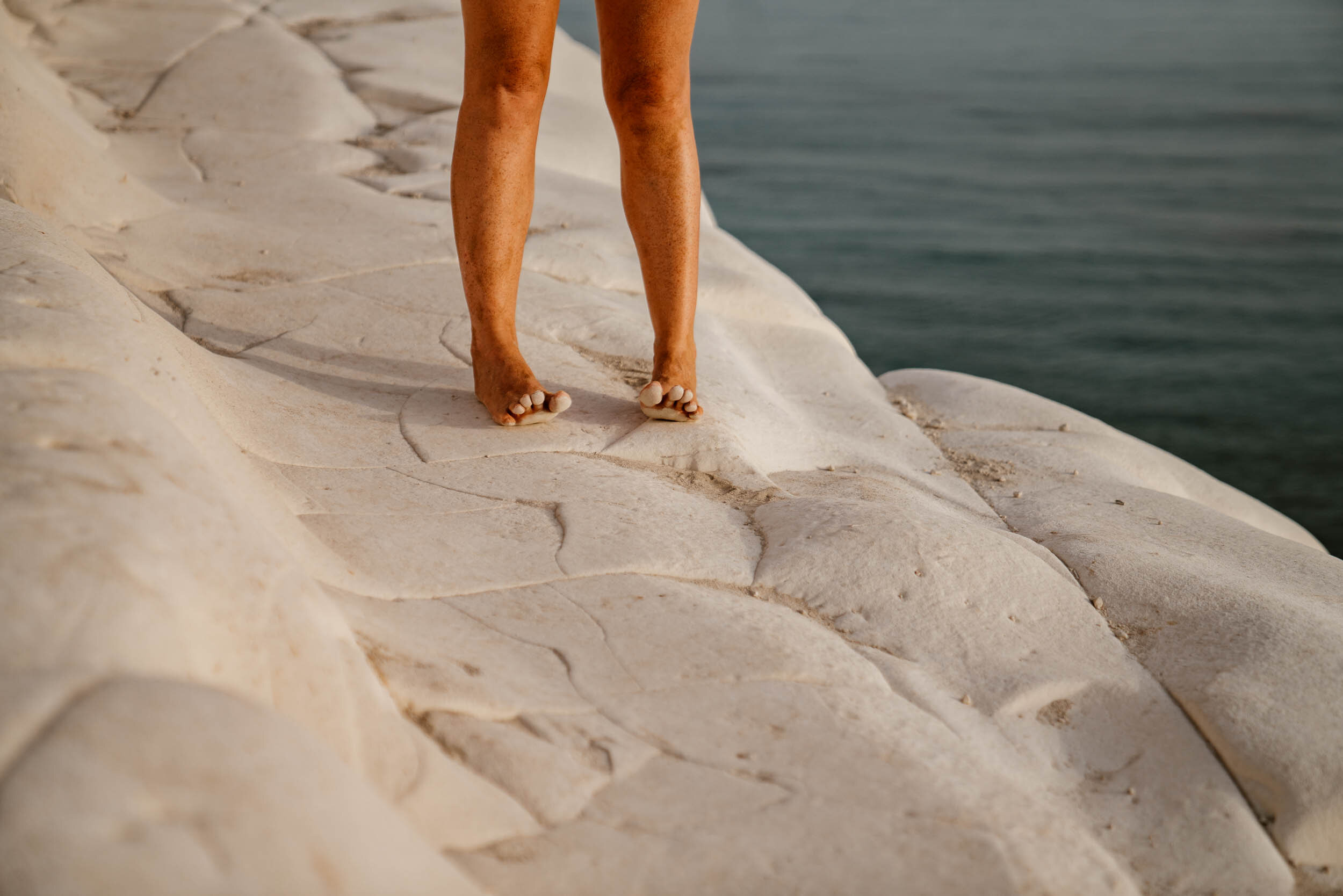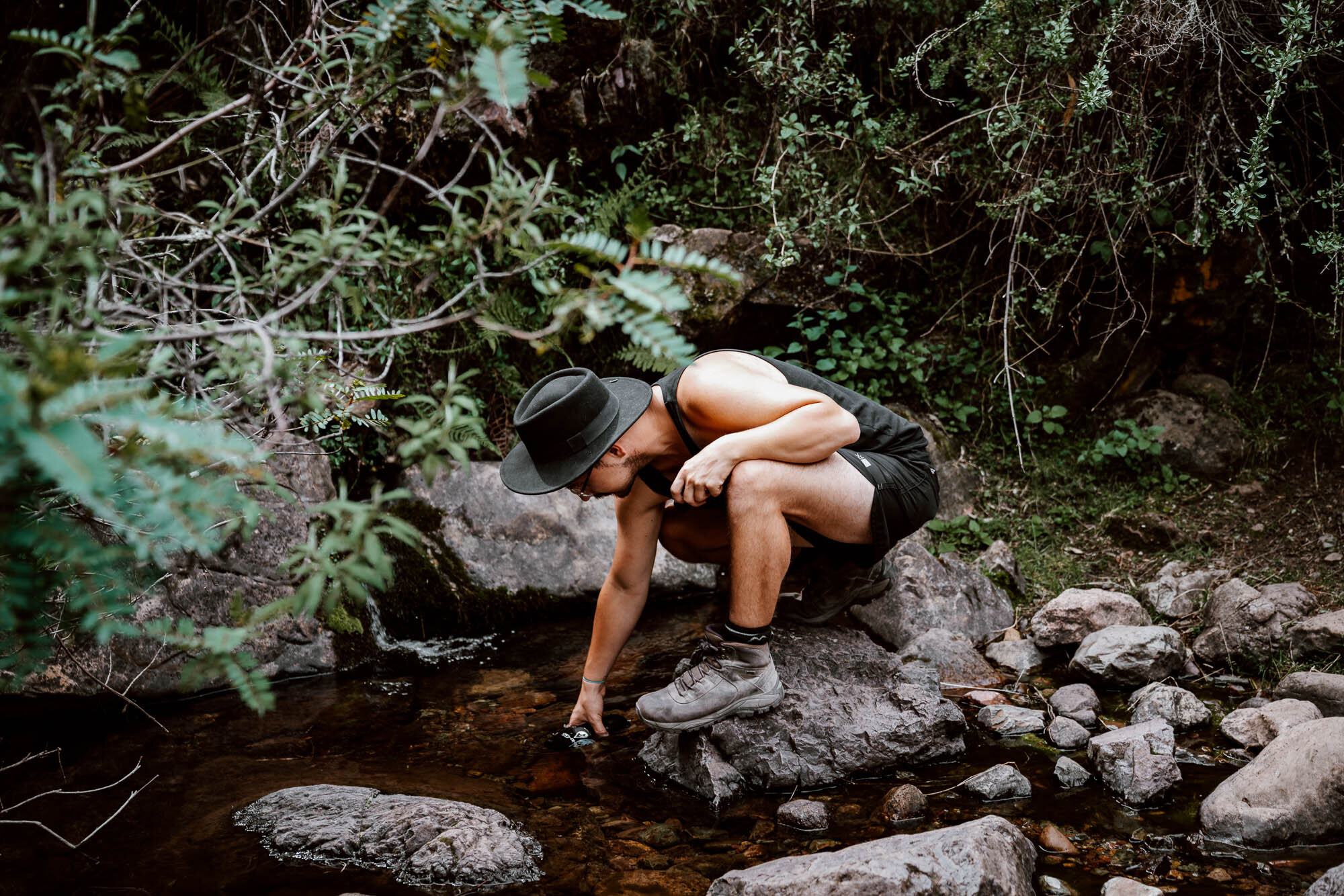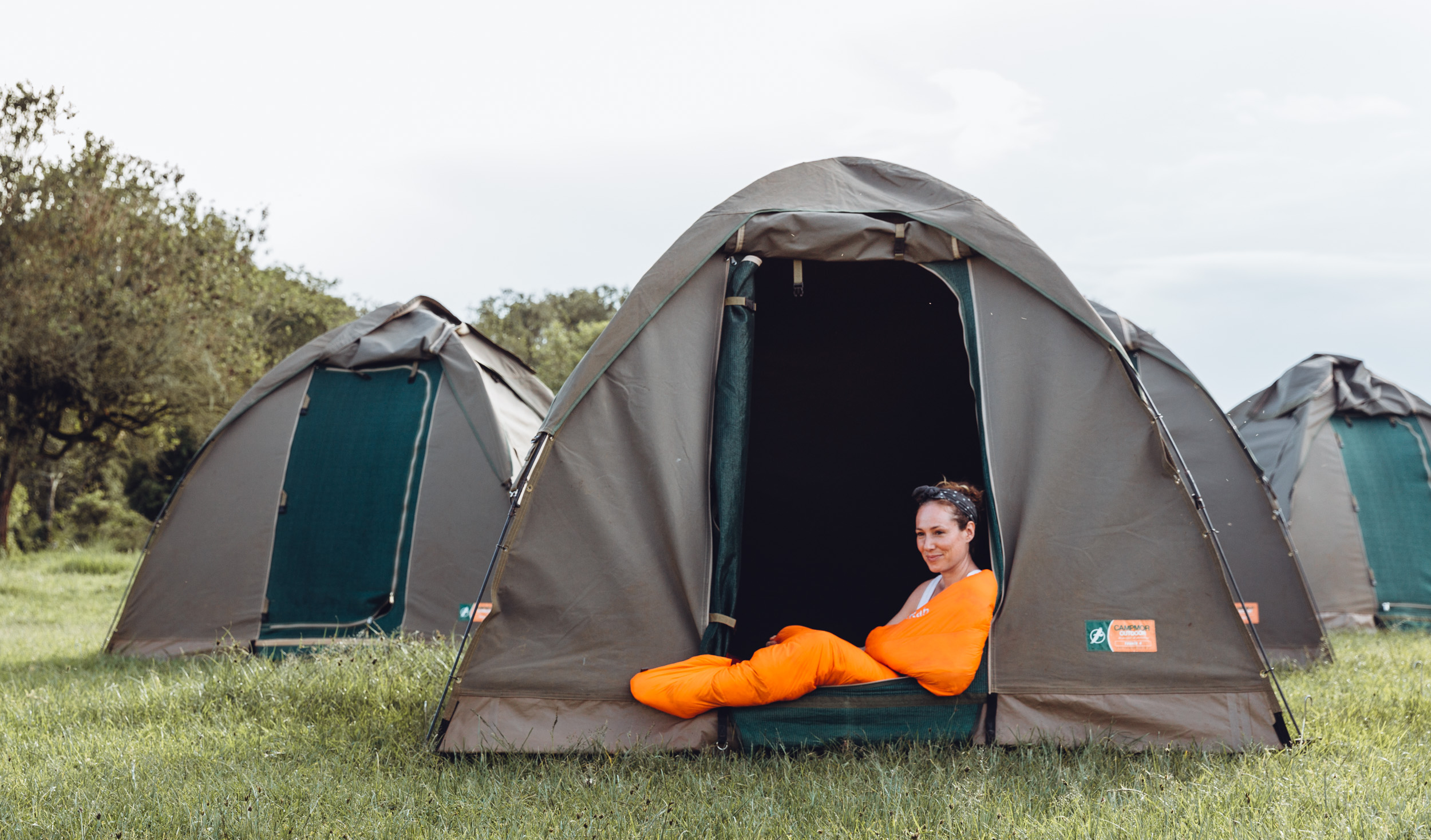There are no two ways about it. Travelling on a budget can be difficult, but over the last six months we've learnt a few tips and tricks to help our £15 each per day go that little bit further!
So, here are our the 16 secrets to how we survive on a backpacker's budget (and still have great adventures).
#1 look around for accommodation
With the abundance of hostel-booking websites, you could easily have reservations for the next month of your travels. However, we often find the best deals after we wander around the town. Remember that not all hostels have their own website, you can often get a better deal if you just turn up and that just because it is in the Lonely Planet, doesn't mean the hostel is any good! You can also sign-up to Couchurfing - read our beginner's guide to the community here.
#2 choose a hostel with a kitchen
Although we have found some unbelievably cheap eats on our travels, it is almost always more economical to cook your own meals, or aim for at least one hostel-cooked dining experience per day. Over-cooked pasta and watery sauce may get awfully boring after the third time that week but with a little imagination it IS possible to eat well and enjoy it. Our secret? Make your own spice box and bring it everywhere!
Find out more of our advice for hostel living here.
#3 skip the tour group and arrange your own activities.
Although there are certain activities that must be undertaken with a guide and the appropriate safety equipment (improvised independent zip-lining is unlikely to be covered by your insurance plan!), this is one of the key ways that we have reduced some of our big expenses.
Most destinations served by tour companies are easily accessible by public transport meaning you won't be paying extra on that entrance fee and a detailed guide book or some night-before research can negate the need for an expensive guide.
#4 take local transport or second class buses.
In our six months, we have travelled exclusively on local transport with the exception of two overnight buses and one tourist shuttle; the first two for safety reasons and the latter because we were feeling particularly lazy and one of us had the flu. Although we understand why some people, particularly single travellers, feel safer on specialist shuttle buses and first-class services, the price difference can often be three times as much (on some routes it was as much as 10x more).
Yes, having to haul your pack off the top off of three chicken buses in one day or share your seat with an entire Guatemalan family can be a drag, but if you have the time and can travel during the day, it can save you huge amounts of money!
#5 eat in local restaurants
Although we all crave a bit of comfort food now again, particularly after months away subsisting on local cuisine, one need only take a look around the gringo-centric taco-bar or falafel house and tot up their bill to understand why the locals are all around the corner!
#6 drink local beer...
Neither of us were particularly big beer drinkers back in the UK, often favouring a strong G&T or good glass of red. Within a couple of days of landing in Mexico, we realised that this was not terribly conducive to a backpacker's budget. Domestic beers are often cheaper than soft drinks and quench your thirst almost as well!
#7 ...or go dry for a week!
That said, a very easy way to save some pesos is to cut back on the booze completely (wait, come back!) Clearly not fans of following our own advice, we continue to spend 5-10% of our monthly budget on alcohol but at least we know how we could scrape some extra funds together in the future.
Want to know how much it cost us to travel in Latin America for a year? Read this post.
#8 limit the souvenirs
We both grew up in families where the traditional thing to do when on holiday was return with bags bulging with family gifts, the odd random carved effigy shoved under one arm and a hand-woven hammock shoved down your pants, but when you're travelling for two years this is neither practical or economical - you simply do not have the room or finances to satisfy every market seller. Find an alternative way to capture or remember your trip - perhaps photo-journals or a scrapbook of ticket-stubs, beer labels and map routes.
#9 travel s-l-o-w
We have the luxury of time on this trip. If we like somewhere, we can stay as long as we want and enjoy the sights slowly and therefore spread the cost. This means that if we have one big splurge, the next day can be spent walking around with our camera and eating eggs for breakfast, lunch and dinner.
We understand that if you only have a few weeks or months, it is tempting to cram in as many miles and countries as possible, but perhaps it is worth considering limiting yourself a to fewer places but for a longer time...it's better to know five amazing places extremely well than visit ten and have no clue.
Travelling slow is a core part of our travel philosophy.
#10 walk. everywhere.
We once took the option to walk 10km to an attraction rather than attempt public transport. This would have been an even better idea had it really been 10km, and not 15km. As it turns out, we got some great exercise, saved some money, and got to enjoy some of the most remarkable landscapes thus far.
And that approach is what allowed us to make it to Machu Picchu for a dollar each.
Towns and small cities are even easier to negotiate on foot. You will likely stumble across shops, parks, cafes and sights you may not have ventured to otherwise and leave feeling like you've actually SEEN a place.
#11 travel in low season
Although this is not ideal for some activities - for example, there is no point in heading to Mexico in August to see whales that are currently enjoying their summer vacation in Antarctica! However, most destinations can still be enjoyed out-of-season. The weather may not be perfect everyday but hotels can drop their prices considerably - sometimes by more than 50%.
#12 haggle
Not just in the market, but in hostels as well. We have found that even if you offer to stay four or five days you will secure a small discount. If you stay any longer, the price will drop even further. Make sure you're mindful and respectful of local customs when you haggle and also, don't be a dickhead about it. You're a tourist and can be expected to pay a bit more for the odd trinket or souvenir.
#13 choose you activity destinations wisely
There are always going to be some bucket-list items on the itinerary - for Emily that is a week spent trekking on a horse (much to the displeasure of Andrew's bottom) and for Andrew, the opportunity to get his PADI certificate - and the prices to complete these can vary considerably.
As much as we would have loved to have spent more time enjoying snorkel trips in Belize, it was already eating up our budget quicker that we could get to the ATM so we decided to hold-off until we got to more reasonably priced countries. Unless you are heading to a country for something very specific, such as trekking Machu Picchu, you can often enjoy the same experience elsewhere for a fraction of the cost.
#14 learn the local lingo
Although not a fool-proof plan, we think that if you can at least attempt to converse with people in their native language, you are more likely to develop a rapport. And a rapport may lead to more reasonable prices on bags of fruit, bus tickets or accommodation. However, you can't prevent that, even when you try to speak the language, some people will always try to rip you off.
Interested in learning Spanish? This is how we did it for, practically, free.
#15 do your own laundry
Washing yesterday's knickers in the shower whilst trying to shave your legs is not terribly glamorous but unless you plan on buying new pants at the market or re-wearing yesterday's boxers for the third day in a row, you will be doing a lot of laundry! During monsoon season you may have little option but to pay a nice lady to wash your smalls but if you are fortunate enough to stay in a hostel with access to a sink, some semblance of a washing line and a sun trap, then savings can be made.
#16 make a budget and track it daily
Our budget-app is as well-thumbed every night as a dirty mag hidden underneath a teenage boy's bed. We set ourselves a shared limit of £30 per day and using the app is the only way to keep ourselves honest and monitor where our money is going.
If travelling long-term, try to do a little review of the weekly or monthly data to see where you could make some extra savings. An absolutely essential way to make your money last longer on any long-term trip is to find a way to avoid awful exchange rates and ATM withdrawals fees. From our own experience on a two year trip in Latin America, we highly recommend bringing a prepaid card with you to remove these fees and make your money stretch - we use and recommend a Monzo card which charges zero fees to withdraw or or spend cash overseas and offers an excellent exchange rate. It's also supported by an excellent and secure app.
There's currently a waiting list of thousands to get a card, but you can skip the queue and create an account here (UK residents only).


















